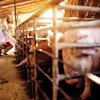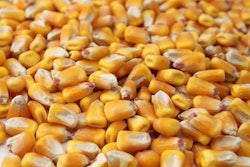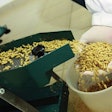
Several options to consider to combat high prices
We are faced with a new wave of high feed prices, and improving feed efficiency is perhaps the best solution to this problem. This is a worldwide problem caused by a variety of reasons. Unless something dramatic happens, grain prices will remain high this year.
Below is a list of actions that can be considered with the help of a qualified nutritionist. Not all proposals can be applied at the same farm, but rather a selective combination must be used according to local conditions.
-
Reduced market weight
Broilers and growing pigs tend to deposit more fat than lean meat once the protein deposit potential peaks. Marketing at a younger age always brings an improvement in feed conversion ratio (FCR).
-
Leaner genetics
Through the same mechanism described above (depositing less fat), leaner genetics can offer feed cost savings, assuming these genetics are not more expensive to buy.
-
Reduce feed wastage
In many commercial units, and especially those that use inexpensive feeders, up to 25% of feed can be wasted due to poor management of feeders, feed and animals.
-
Animal health
It is widely accepted that healthy animals grow leaner and more efficiently compared with those of suboptimal health.
-
Additives
All feed additives should be evaluated based on return on investment, and now is a good time to trim them down to only those that are absolutely necessary.
-
Grinding cereals
It has been determined that for every 100 microns reduction in particle size, feed efficiency improves by 1.4%.
-
Enzymes
Certain, but not all, enzymes work efficiently against the major non-starch polysaccharides found in cereals, especially in wheat (arabinoxylans) and barley (beta glucans).
-
Mycotoxin detection
Animals invariably suffer lower performance when fed diets even with high levels of mycotoxins.
-
Rebalanced diets
A qualified nutritionist is required to assess the changes needed to cut feed cost by reducing excesses, covering deficiencies or, preferably, both.
-
Pelleting feed
Pelleted feed is most likely to improve feed/gain by 5% to 15% depending on diet nutrient composition, ingredients used and the weight class of the animals.


















